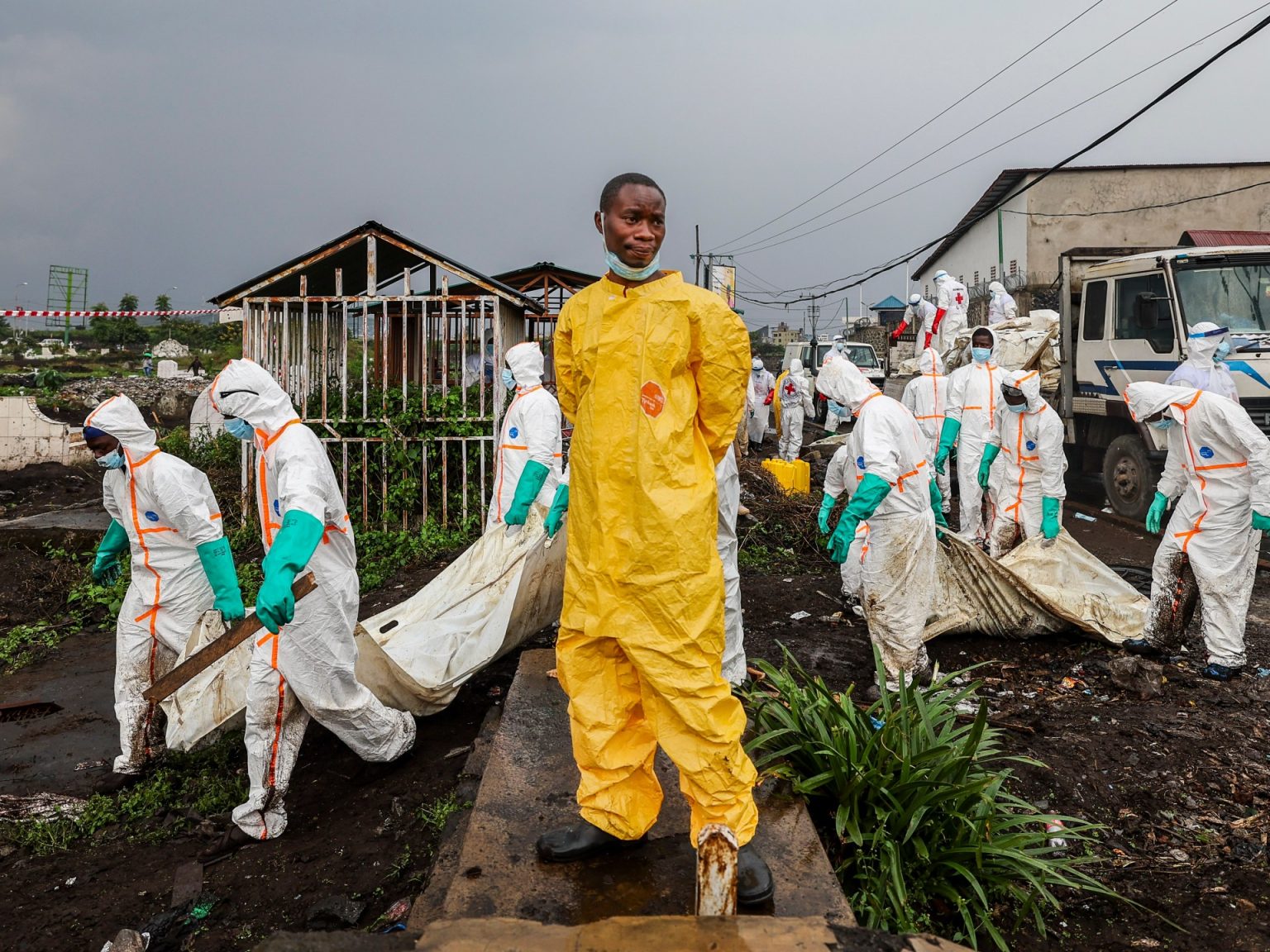The city of Goma in the eastern Democratic Republic of Congo (DRC) finds itself in a grim race against time. Following a ceasefire in the wake of a brutal battle for the city, residents are desperately working to bury an estimated 2,000 victims before the onset of disease. The Rwandan-backed M23 rebels captured Goma after days of intense fighting, leaving a trail of devastation and death. While a ceasefire declared by the M23 has largely held, sporadic shooting and looting have been reported, adding to the city’s already precarious state. Amidst the relative calm, the overwhelming task of clearing overflowing morgues and burying the dead has become a top priority. The sheer number of casualties, coupled with the limited burial space available in the densely populated city, poses a significant challenge. The urgency of the situation is further exacerbated by the disruption of power supply during the fighting, which has impacted morgue refrigeration, increasing the risk of disease spread.
The official death toll remains uncertain, with varying reports emerging. The DRC’s communications minister reported over 2,000 bodies requiring burial in Goma alone. The United Nations offered a different estimate, indicating at least 900 fatalities and nearly 3,000 injuries during the fighting leading up to the city’s capture. These figures likely represent only a portion of the true human cost, as reports continue to surface of civilians caught in crossfire, overwhelmed hospitals, and bodies left unclaimed in the streets. As the city struggles to cope with the aftermath, the full scale of the civilian suffering continues to emerge, painting a grim picture of the human toll exacted by the conflict.
The stories of individual loss and suffering underscore the devastating impact of the fighting. Julienne Zaina Barabara, a resident of the Katoyi neighbourhood, shared the heartbreaking story of losing one child and witnessing two others injured by shrapnel from an explosion near their home. The family rushed to a hospital, where one child tragically succumbed to their injuries after three hours. The surviving children continue to receive treatment, facing the long road to recovery from both physical and emotional wounds. Barabara’s account serves as a poignant reminder of the indiscriminate violence that has shattered lives and families across Goma.
The precarious security situation and damaged infrastructure add complexity to the already monumental task of managing the casualties. The intermittent violence, coupled with the damaged infrastructure, hampers efforts to efficiently collect, identify, and bury the deceased. Access to certain areas may be restricted due to ongoing security concerns or the presence of unexploded ordnance. These challenges impede the work of humanitarian organizations and further delay the process of providing a dignified burial for the victims. The combination of factors creates an environment where the risk of disease outbreaks is significantly heightened.
The limited burial space within Goma presents a logistical nightmare for authorities and humanitarian organizations. The city’s dense population and existing infrastructure limitations restrict the availability of suitable burial grounds. This shortage necessitates difficult decisions about the allocation of limited resources and raises concerns about potential environmental and health consequences. The need for swift action is paramount to prevent further suffering and mitigate the risk of disease outbreaks among the already vulnerable population.
The international community plays a crucial role in supporting the people of Goma. Organizations like the International Committee of the Red Cross (ICRC) are working tirelessly to address the immediate needs of the affected population. The ICRC’s efforts include providing medical assistance, supporting the identification and burial of bodies, and offering psychosocial support to traumatized individuals and families. Their work underscores the vital role of international humanitarian assistance in alleviating suffering and facilitating recovery in conflict-stricken areas. The international community must continue its support to help Goma recover from this tragedy and prevent further human suffering.

